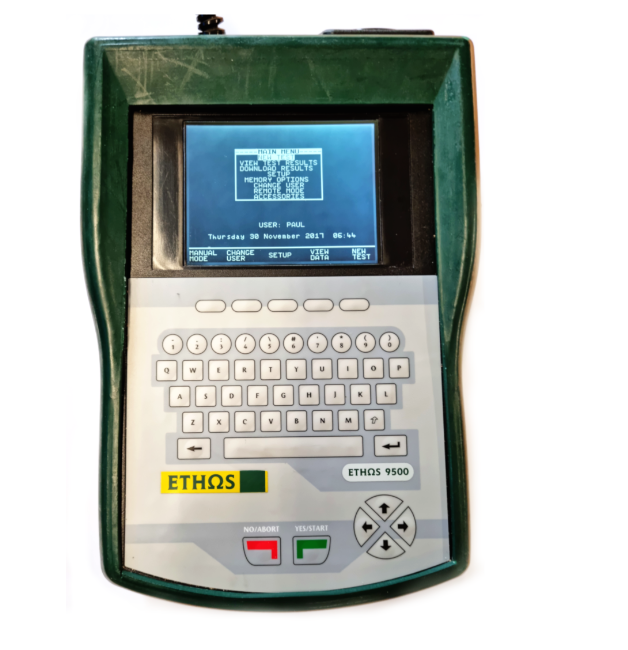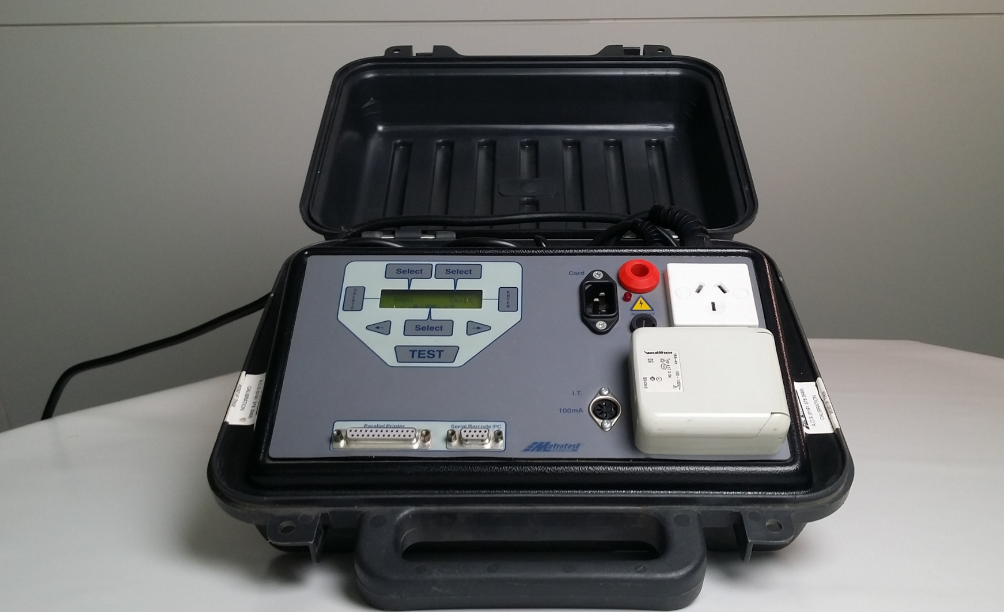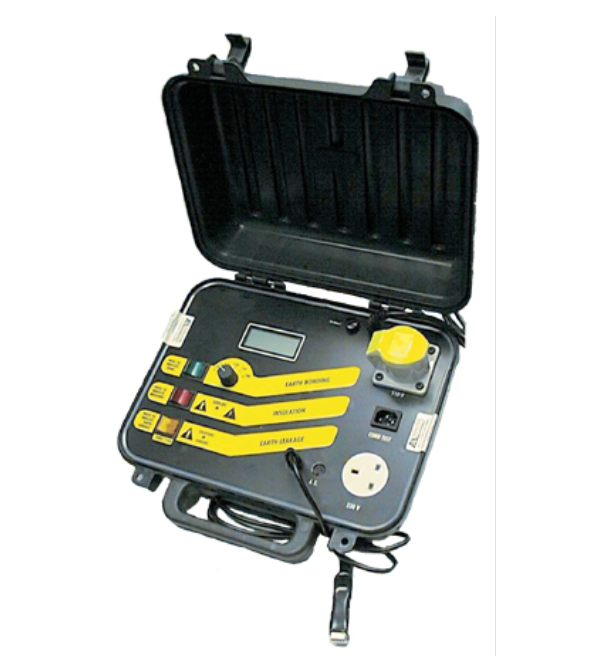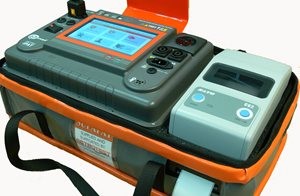Today’s review is a little different as it is dealing with an advanced but very old model that has been updated numerous times over the years, that said its a proven Pat, so what is it were reviewing, none other than the Seaward Super Nova.
As is usual a little background, the Super Nova went into production in the late 1990s a totally different looking tester followed it which was very similar in operation and that is the Seward Europa+ which we’ll also look at at some point, Seaward is a big and proven player in the Pat market and as can be seen by the continuation of some models like the Super Nova some of there early testers have proven very popular over the year’s.
When we first saw the Super Nova back in the 90’s it did look extremely modern and hi tech, it had a lot going for it but one thing that wasn’t so popular was its weight, Seaward produced a lighter weight version called the XE and the Plus before that there was the XA
The lighter versions had the flash test feature removed which did considerably lighten them.
Over the years many versions have come out including the above models, the current version in 2021 is the Super Nova Elite, it does contain the flash test as well as being able to run off either 110 or 230/240 Volts as well as this it has basic RCD test functionality on board.
The Super Nova comes in a unique case which we believe is blow mounded the testing hardware is separated from the screen and keypad controls which are hinged and fold back into the tester body when not in use.
The user then carries the unit via a handle extending past the keypad/ screen, inside the main housing there is also a small compartment for keeping accessories and the like, though not room for your lunch unless your on a big diet!
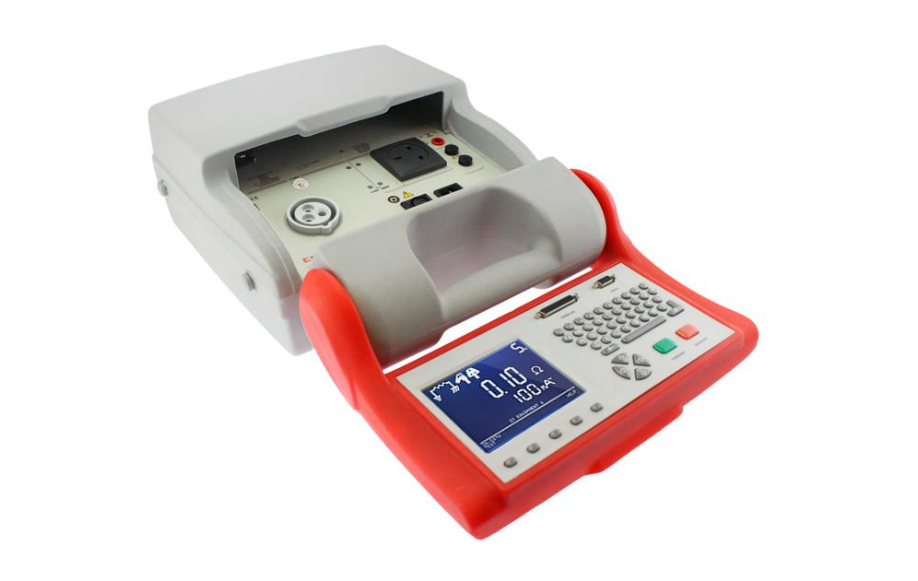
The hinge out screen/ keypad contains all the controls as well as a large qwerty key pad, in typical Seaward fashion scrolling up and down as well as side ways selects drop boxes this scrolling can be done in all directions situated around a central key, this system to be fair to Seaward works very well, also there are function keys directly below the screen that correlate to procedures dictated by the screen the user is in.
Considering its lineage this has to be one of the best Pat’s of all time, today its got a lot of competition from other brands and from its own family, early models had huge problems many to do with the hinged keypad/screen these have been overcome today.
The last update adding the RCD function in, be it basic, does probably give some longtime users the option to continue with a model they like and are familiar with.
Well let’s look at some of the test functions
Protective Earth test, we are pleased to say unlike many other Seawars Pat’s this still has the ability to perform an earth bond test at 25 Amps as well as 10 and 200 milliamps
Insulation Resistance test, here we have the ability to perform 250 and 500 Volt tests and not so sure if this is a positive but also it performs a flash test at either 1500 or 3000 Volts. ( suggestion from PR team loose the probe if you don’t want people doing this test)
Leakage test, this Pat can do all the necessary leakage tests including differential and touch leakage.
Lead testing, easily performed in the standard way.
RCD testing, like we said this is a recent addition and is very basic, you should investigate exactly what this feature does and compare closely to your needs and local regulations as RCD requirements vary greatly from country to country. Obviously its only the latest Super Novas that can do any RCD tests anyhow.
Other features
Tag printers as well as bar code scanners are all available coupled with rfid technology, there’s also an onboard 5000 results memory.
Help screens are helpful to new users and Seaward allow there testers to operate according to user knowledge by way of either an advanced or novice user category which is selectable.
Options for incrementing appliance numbers or replicating assets and the like are adequate and useful to most.
Summing up, its old and new its proven but certainly not the most advanced Pat out there but for many it could be all thats needed.
If you need to do a lot of 25 Amp tests on leads or other items you could run into overheating problems we haven’t tried this on the new model but old ones did certainly over heat and time out.
These have been around along time so there’s no doubt plenty on the second hand market … But some of these will of had a real workout including all there relays, so check out thoroughly or you could have buyers remorse or at best you’ll have no further use for a hairdresser.
Further things to look at are the data ports ie do they work and how mechaically loose and wobly is the keypad
Seaward testers also have a total test count onboard so it may be worth getting this info also on any Pat you’re looking at.
Well now to the big three questions
Q Does it enable the testing person to comply with ASNZS 3760 ?
A yes we do believe so
Q Is it a safety tester or compliance only tester?
A This is a safety tester by our definition
Q Value for money?
A Now that I’m sorry you’ll have to decide on second-hand units, but for new ones its got a lot of competing options many that look good but if you’re interested in safety it’s definitely one worth considering also check out the review on the Seaward Europa + if you’re a Seaward fan as its a similar tester.
Well happy testing
The Pat Review team.

